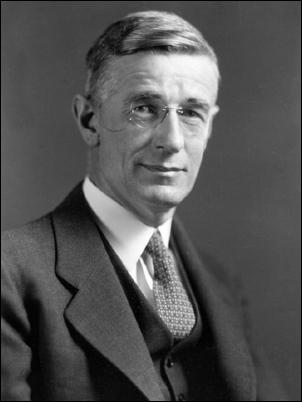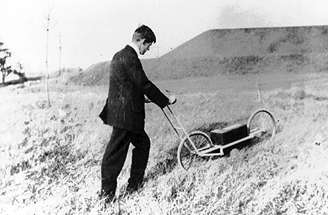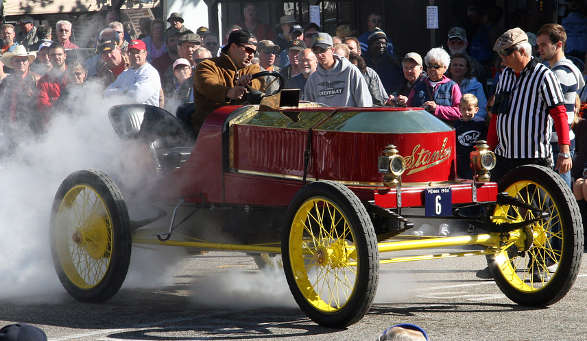| Vannevar Bush - The Man Who Didn't Invent The Computer |
| Written by Historian | ||||
Page 1 of 3
Vannevar Bush March 11, 1890 - June 28, 1974 The story of Vannevar Bush is one of the strangest of the pioneers of computing. Who else can you think of who positively disclaimed any credit for the invention of the digital computer: "Who invented the computer? I can write at once that I did not: in fact I had little to do with that whole development". In fact he had rather more to do with computing than he was letting on. He built several analog machines, which he owned up to, and started building one of the earliest digital computer which he seemed to have forgotten all about! And he introduced a concept that can be considered the forerunner of the hyperlink that is now so prevalent in the interconnected Web. Vannevar Bush considered himself an inventor. He had a finely honed instinct for mechanical devices. While an undergraduate at Tufts College he designed an amazing device that measured ground levels. You rolled it over the terrain and it drew a graph of the change in height. The device was purely mechanical but it included an integrator - the basic component needed to build an analog computer. It worked by summing up the changes in height to give the current height. The machine was so impressive that he was awarded both a patent in 1912 and a Master's degree on the basis of it.
The profile tracer After graduation he briefly worked for General Electric as a "test man" who assessed equipemnent to ensure it was safe. However, after a fire broke out at the plant in Pittsfield, Massachuesetts where he had been transferred, he was suspended and returned to Tufts to teach mathematics. In 2015 he enrolled at MIT where, within a matter of months, he submitted his thesis on Oscillating-Current Circuits: An Extension of the Theory of Generalized Angular Velocities, with Applications to the Coupled Circuit and the Artificial Transmission Line and was awarded his doctorate in engineering jointly from MIT and Harvard University. During World War 1 Bush went to work with the National Research Council. He attempted to develop a means of detecting submarines by measuring the disturbance in the Earth's magnetic field. While his device worked as designed, but only from a wooden ship; attempts to get it to work on a metal ship such as a destroyer failed. Although he was keen on mechanical engineering, Bush specialised in the relatively new subject of electrical engineering. In 1919 Bush he joined the Department of Electrical Engineering at MIT where with a fellow professor, Willam H Timbie, he wrote an introductory textbook, Principles of Electrical Engineering and taught a course so popular that he had to recruit more lecturers. Eventually he realised the other lecturers knew more about the subject than he did and he handed the course over to them and the responsibility for producing a newer volume. However, eventually he would rise to become the head of the faculty. Bush always felt that handing on the work to younger people was a good thing to do. He was a generous man who never failed to give credit and/or responsibility to others - and this goes some way to explaining why he was so quick at disclaiming all responsibility for inventing the digital computer! Another important feature of Bush's character is that he really did enjoy tinkering with machinery and he thought of himself as an inventor - more to the point an inventor without the artificial barriers of subject classifications. Later in his career he took charge of a pharmaceutical research lab even though he knew little about chemistry. He had a liveliness of mind and a confidence that intelligence and problem solving ability could do anything that is often lacking in today’s over-compartmentalised world.
A 1908 Stanley Steamer He drove a steam car, a Stanley Steamer, for many years and came to an easy understanding of its workings. He mastered the art of coaxing it up icy hills to see his future wife and of avoiding major fires. One day when it flooded and caught fire he sat by the side of the road waiting for it to go out but a traffic cop turned up and complained that if he wanted to burn his car there was a municipal dump just up the road. He explained that it was only a matter of time but the traffic cop wasn't convinced. When the fire eventually went out he drove away on the full head of steam that had built up leaving behind a bewildered traffic cop. <ASIN:0262740222> <ASIN:0195040465> |
||||
| Last Updated ( Thursday, 08 August 2024 ) |



